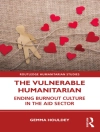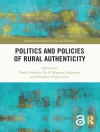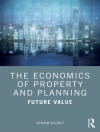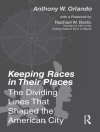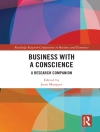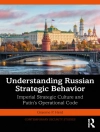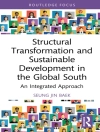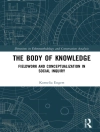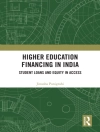Physicist John Tyndall and his contemporaries were at the forefront of developing the cosmology of scientific naturalism during the Victorian period. They rejected all but physical laws as having any impact on the operations of human life and the universe. Contributors focus on the way Tyndall and his correspondents developed their ideas through letters, periodicals and scientific journals and challenge previously held assumptions about who gained authority, and how they attained and defended their position within the scientific community.
Über den Autor
<b>Bernard Lightman (Editor) </b><br> <b>Bernard Lightman</b> is distinguished research professor in the Humanities Department at York University and past president of the History of Science Society. He is the editor of <i>Rethinking History</i> and <i>Science and Religion</i> and coeditor of <i>Science Periodicals in Nineteenth-Century Britain</i> and <i>Identity in a Secular Age</i>. He also serves as a general editor for The Correspondence of John Tyndall and the Science and Culture in the Nineteenth Century series at the University of Pittsburgh Press.<b></b><br><br><b>Michael S. Reidy (Editor) </b><br> <b>Michael S. Reidy</b> is professor of history at Montana State University. He is author of <i>Tides of History: Ocean Science and Her Majesty’s Navy</i> and coauthor, with Alan G. Gross and Joseph E. Harmon, of<i> Communicating Science: The Scientific Article from the 17th Century to the Present</i>.<br><br>


